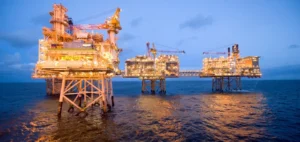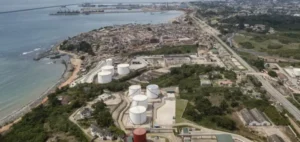Production optimization before maintenance
Russian refineries significantly increased their oil processing in August, in anticipation of maintenance operations scheduled for September.
Gazprom has restarted its gas condensate processing plants in Astrakhan and Surgut, increasing the availability of gasoline and diesel on the St. Petersburg stock exchange.
This ramp-up is crucial to meet internal demand ahead of scheduled production shutdowns.
Daily throughput reached 760,000 metric tons per day, up 2% on July, illustrating the effectiveness of this anticipatory strategy.
Improving logistics conditions
Refineries are benefiting from a significant improvement in rail transport conditions, a key factor which had previously restricted their ability to meet demand.
Rail delays, caused by the reorientation of Russian exports of oil and other goods following the sanctions, had considerably lengthened delivery times.
However, a reassessment of logistical priorities, placing oil products at the top of rail priorities, has eased these constraints.
In July, shipments of petroleum products rose by 0.6% year-on-year, although the overall volume transported remained slightly down by 0.9% over the same period.
Maintaining supply during periods of high demand
Authorities are extending priority status for rail shipments of petroleum products until the end of the year to ensure continued availability, particularly during peak agricultural activity.
This decision, initially scheduled to be revoked in September, is in response to strong demand for fuel on the domestic market.
Logistical delays and unplanned production interruptions, notably due to drone attacks in Ukraine, had already put significant pressure on gasoline supplies earlier in the year.
The reassessment of logistical priorities and the proactive increase in production are designed to prevent any major disruption to supply during this critical period.
The decisions taken to improve production and logistics demonstrate the ability of industry players to adapt to operational challenges.
Coordination between producers and railway authorities shows a clear determination to maintain the stability of the domestic market, despite external pressures.
This strategy aims to secure supply and stabilize prices in a context of sustained demand.





















